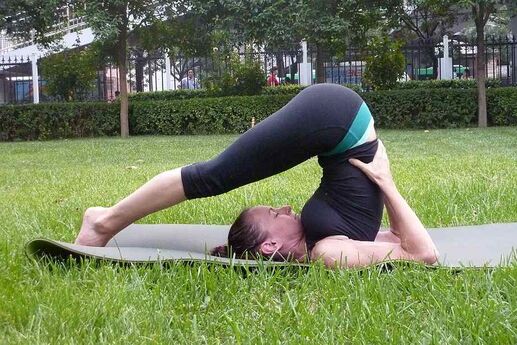Childbirth Prep Exercises for New Moms-to-Be
Let’s be honest: Few new moms say childbirth is an easy, painless process. Although every woman’s experience is different, it is entirely possible to lessen any labor discomfort if you plan and prepare accordingly. Here are four moves to master before the big day that will help you cope with and control labor pain:
New mom exercise #1: Kegels. Strengthening your pelvic floor muscles improves circulation to your rectal and vaginal area, which helps prevent hemorrhoids and may even shorten the pushing stage of labor. The best part of performing Kegels is that you can do them anytime, anywhere, because no one but you knows you’re doing them, whether it’s while you’re watching TV, reading a book, or standing in line at the grocery store. Here’s how you do it: Tighten the muscles around your vagina as if trying to interrupt the flow of urine when going to the bathroom. Hold for a count of four, then release. Repeat 10 times. Try to work up to three or four sets about three times a day.
New mom exercise #2: Pelvic Tilt. This move strengthens the abdominal muscles and eases back pain during pregnancy and labor. Here’s how you do it: Get down on your hands and knees, arms shoulder-width and knees hip-width apart. Keep your arms straight, but avoid locking your elbows. As you breathe in, tighten your abdominal muscles, tuck your buttocks under, and round your back. Relax your back into a neutral position as you breathe out. Repeat at your own pace, following the rhythm of your breath.
New mom exercise #3: Squat. Squats are a terrific way to strengthen your thighs and open your pelvis, and one of the most frequently recommended exercises for childbirth prep. Here’s how you do it: Stand facing the back of a chair, with your feet slightly more than hip-width apart, toes pointed outward. Hold the back of the chair for support. Contract your abdominal muscles, lift your chest, and relax your shoulders. Then lower your tailbone toward the floor as though you were sitting down on a chair. Find your balance -- most of your weight should be toward your heels. Take a deep breath in and then exhale, pushing through your legs to rise to a standing position.
New mom exercise #4: Tailor or Cobbler Pose. This position can help open your pelvis and loosen your hip joints in preparation for birth. It can also improve your posture and ease tension in your lower back. Here’s how you do it: Sit up straight against a wall with the soles of your feet touching each other (sit on a folded towel if that’s more comfortable for you). Gently press your knees down and away from each other, but don’t force them. Stay in this position for as long as you’re comfortable.
Be careful when performing these moves, and if anything feels uncomfortable or you feel unbalanced, stop. Aim to run through all of these moves at least four times a week. The more you stick to them, the easier your labor may be! And that’s a welcome relief for any new mom.




